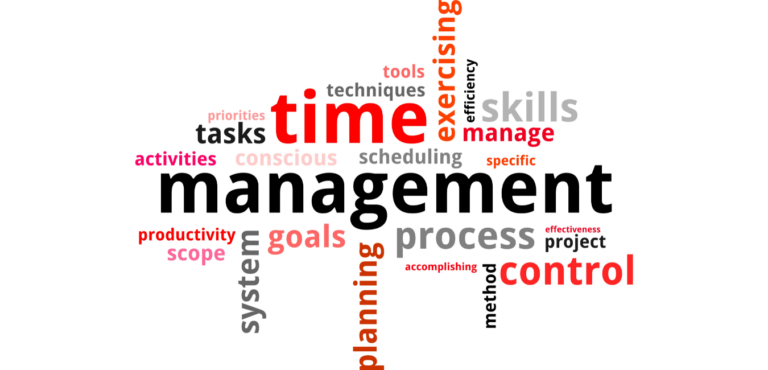There are many types of culture. A company can fall into one area or can be a hybrid.
- Clan culture is where the company is like a family, and management acts as mentors, encouraging participation and caring. The focus is teamwork and communication. A simple example is a family-owned business that is expanding. Management is the owner of the company, and they guide the direction of employees feel cared about and heard. If the company is sold, that sense of belonging can feel like a betrayal.
- Task cultures involve teams working toward collective objectives. In these companies, management drives the overall goals, while marketing, IT, and customer service teams align their work to meet these goals.
- Person culture is where the individual employee is seen as more important than the organization. Certain companies, such as Patagonia, stress the importance of flexible schedules, volunteer activities, and sabbaticals. Rosenbluth Travel operated this way and wrote a book articulating how it works titled, The Customer Comes Second by Hal F. Rosenbluth & Diane McFerrin Peters. It became a How To for many companies looking to shift their culture. Other companies demand that employees take their PTO regularly or close the company on the weekends.
- Adhocracy companies are risk-takers, innovators and encourage thinking outside the box. Leaders create an entrepreneurial spirit and inspire workers to bring their ideas to the table. During my figure skating coaching career, I took part in a collaborative team of coaches, skaters, and judges who created and promoted “Moves in the Field,” which replaced the traditional compulsory school figures for the United States Figure Skating Association. This effort allowed the sport to proceed into the future effectively without its historical foundation.
- Adaptive cultures create a collaborative environment that allows the company to change over time. Companies that have been around for decades might fall into this category. They either produce new goods and services that change with technology or find innovative ways to market their tried-and-true products.
- Market-focused companies are in tune with the bottom line. Employees are expected to produce results in terms of sales, profits, or market penetration. An excellent example of this is a financial trading company. The company wants to make money for their shareholders, and the employees are expected to do whatever it takes to achieve this. When they do, they are rewarded handsomely.
- Hierarchical cultures are focused on policies and procedures. There is a chain of command and a specific way of doing things that are mandated to be followed. This can also be called a power culture or role culture. The best example of this is the military. There is an expectation that the people within the organization will adhere to precise procedures.
Culture can be a delicate balance. Both existing and new employees want to fit into the mix. Management profits from choosing their actions carefully to avoid alienation or playing favorites.












